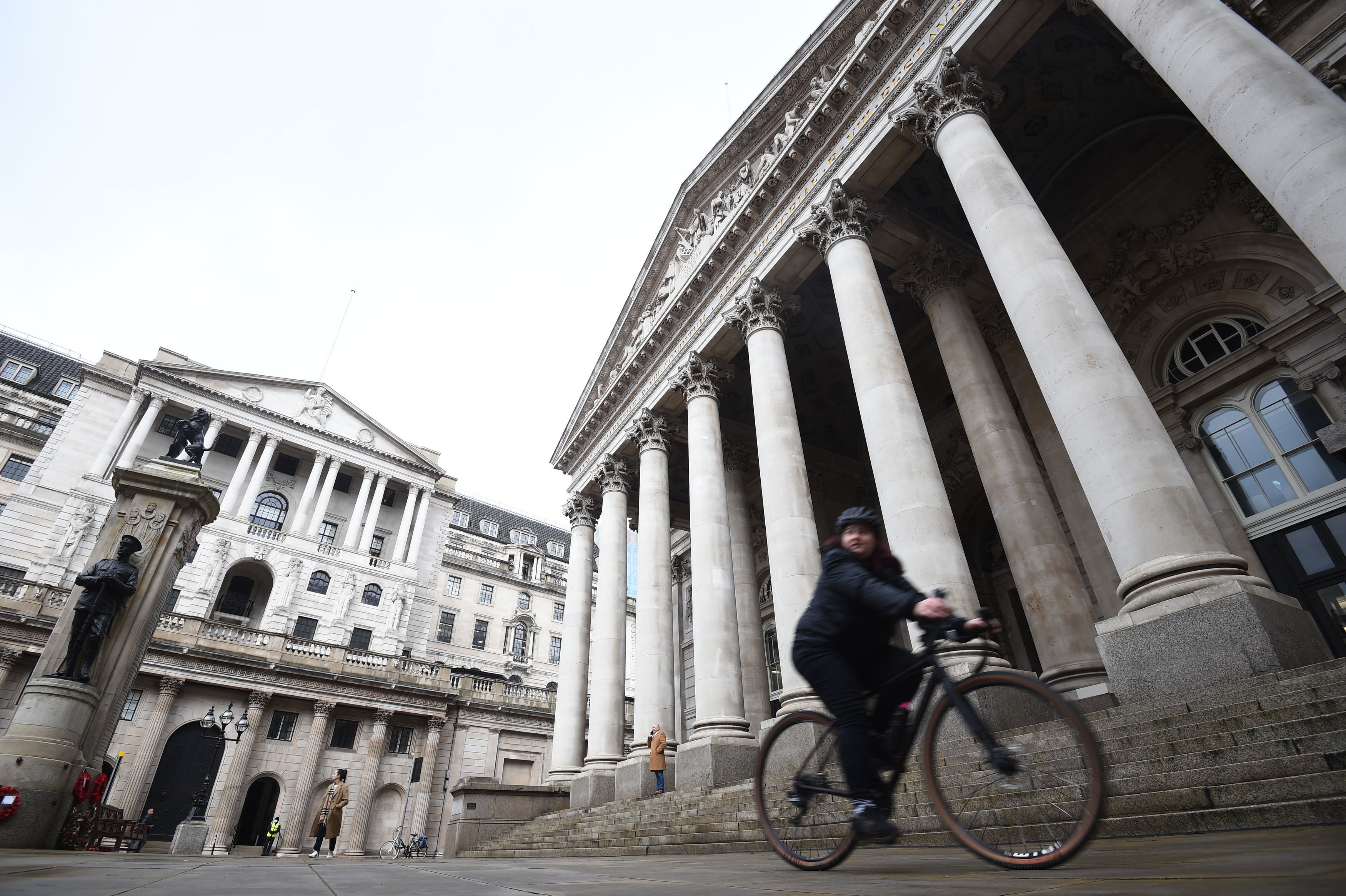Government bans councils from enforcing 15mph speed limits
Department for Transport rejects request from City of London amid concern about speedometer accuracy

Your support helps us to tell the story
From reproductive rights to climate change to Big Tech, The Independent is on the ground when the story is developing. Whether it's investigating the financials of Elon Musk's pro-Trump PAC or producing our latest documentary, 'The A Word', which shines a light on the American women fighting for reproductive rights, we know how important it is to parse out the facts from the messaging.
At such a critical moment in US history, we need reporters on the ground. Your donation allows us to keep sending journalists to speak to both sides of the story.
The Independent is trusted by Americans across the entire political spectrum. And unlike many other quality news outlets, we choose not to lock Americans out of our reporting and analysis with paywalls. We believe quality journalism should be available to everyone, paid for by those who can afford it.
Your support makes all the difference.The government has banned councils from enforcing 15mph speed limits on their roads, disappointing road safety campaigners.
Last year the City of London Corporation announced that it would be the first local authority to introduce the lower speed limit across the Square Mile in a bid to make its streets safer.
Other councils in built-up areas around the country were expected to follow suit if the change was successful.
But The Independent has learned that the Department for Transport (DfT) has refused to grant permission to the corporation to enforce the planned lower limit.
DfT officials said they were concerned about the accuracy of speedometers at such low speeds and the fact that not all speedometers were marked in 5mph gradations.
This would make it hard for some drivers to comply with the limits and make it problematic to enforce the lower maximum, they said.
As a back-up plan, the City is to install “advisory” signs on its streets telling motorists that the “maximum speed” is 15mph – but they will not be legally enforceable.
By law they will also have to be of a different design to the typical red circle speed limit signs. The plan was due to be in place by the end of the year, and the first advisory signs have already been installed.
Shravan Joshi, chair of the City of London Corporation’s planning and transportation committee, told The Independent that the City was still committed to its policy of eradicating deaths and serious injuries on its streets by 2040 – known as Vision Zero.
“Evidence shows that lower speeds help to reduce road danger and prevent injury to people travelling in the Square Mile,” he said.

The DfT “rejected proposals for a City-wide mandatory 15mph speed limit due to challenges relating to enforcement and the accuracy of speedometers at lower speeds”, he confirmed, adding that “despite this, we will continue to work to achieve a culture of slower speeds through street design and behaviour-change initiatives to help achieve our Vision Zero goal”.
The decision by the DfT was made behind closed doors in late 2021 but revealed this week in technical papers submitted to the Corporation’s transport committee.
Jeremy Leach, chair of campaign group London Living Streets, said the original plan for enforceable speed limits had “clear benefits”.
“It is very disappointing that an initiative to increase safety is not being supported by the Department for Transport, but we hope that the City will roll out its advisory 15mph limits throughout its streets,” he said.
Dr Suzy Charman, executive director of the Road Safety Foundation, told The Independent she had sympathy with the DfT’s reasoning, but added: “There is no doubt that reduced speeds are absolutely critical to achieving a goal of zero road deaths and serious injuries, while also making our roads safer and feeling safer for increased active travel, which is important for sustainability, inclusion, and for our health and wellbeing.”
Dr Charman said 15mph limits should be revisited as an option in the future if new technologies made the approach viable.
DfT officials said they were concerned that international rules on speedometer design did not require all of them to be marked in 5mph gradations – even though most cars have this feature.
Speedometer design is covered by the United Nations Economic Commission for Europe (UNECE) Regulation 39, which states that “in the case of vehicles manufactured for sale in any country where imperial units are used, the speedometer shall also be marked in miles per hour (mph)” and that “the graduations shall be of 1, 2, 5 or 10mph”.
It adds that that “the values of the speed shall be indicated on the dial at intervals not exceeding 20mph and commencing at 10 or 20mph”.
During the Tory leadership contest, Liz Truss took aim at restrictive speed limits and said she would consider scrapping them on motorways entirely if she became prime minister.
An earlier bid by the government to raise motorway speed limits in 2011 was abandoned amid concerns it could lead to more emissions.
In a June 2021 report, the City of London estimated that the risk of a person being killed in a collision is cut from 10 to 20 per cent at 20-25mph to just 2 to 5 per cent at 10-15mph.
The risk of a collision occurring in the first place is also cut by 5 per cent for each 1mph decrease in average speed due to shorter stopping distances – which reduce from 12m at 20-25mph to 7.5m at 10-15mph) – as well as increased field of vision.
The Corporation also argued that the reduction in acceleration and braking from a lower speed limit would improve air quality by reducing braking and tyre emissions, which now make up the majority of dangerous fine particulate matter emitted by cars.



Join our commenting forum
Join thought-provoking conversations, follow other Independent readers and see their replies
Comments